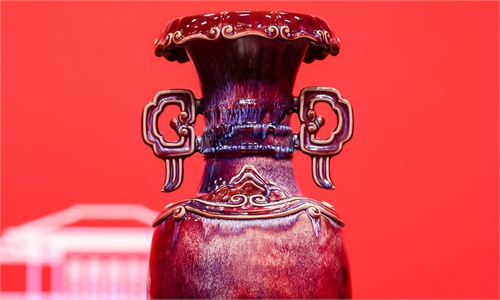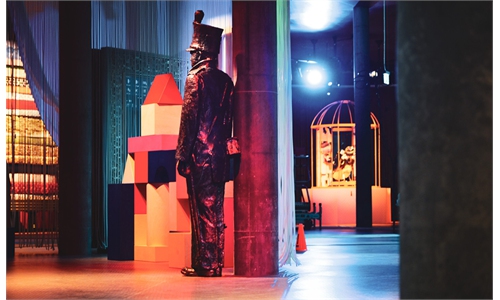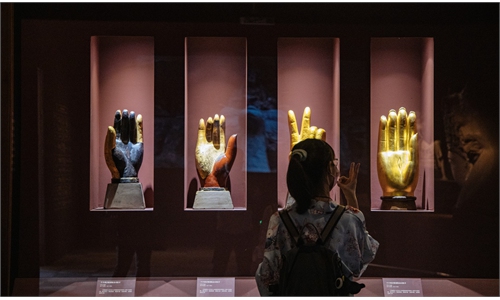ARTS / CULTURE & LEISURE
Man builds museum for his bicycles in Northwest China
Following a passion
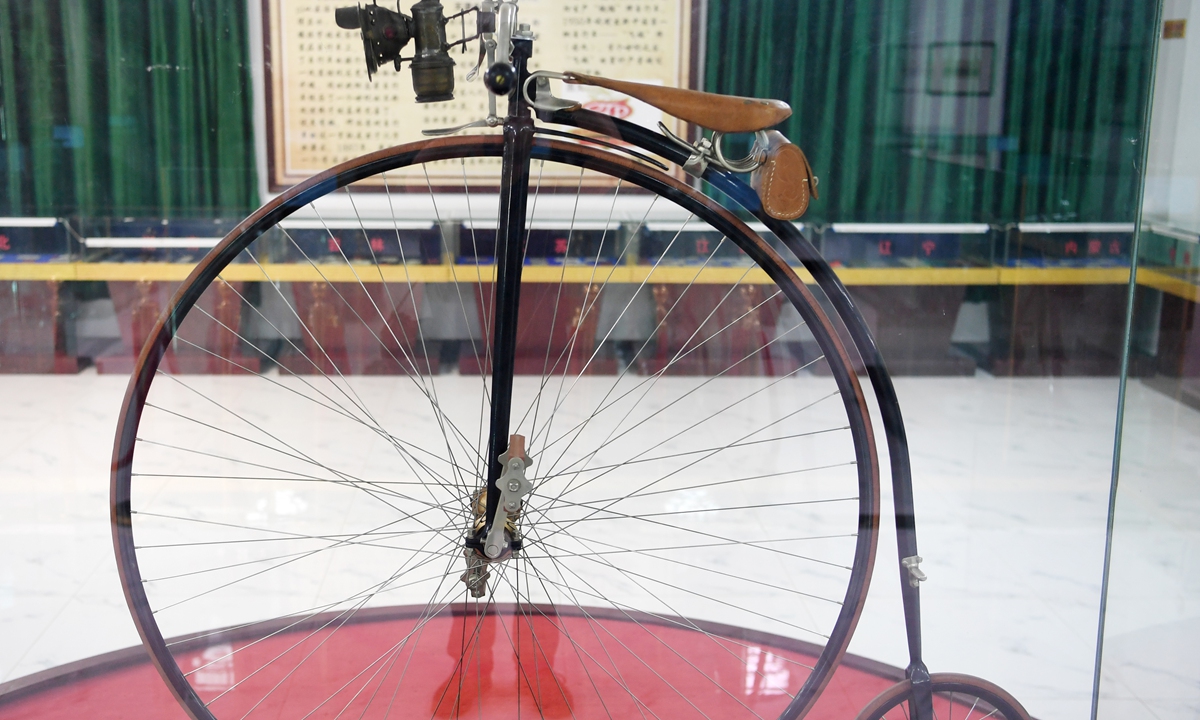
Bicycles on display at the museum founded by Chai Lin in Lanzhou, capital city of Northwest China's Gansu Province Photo: Xinhua
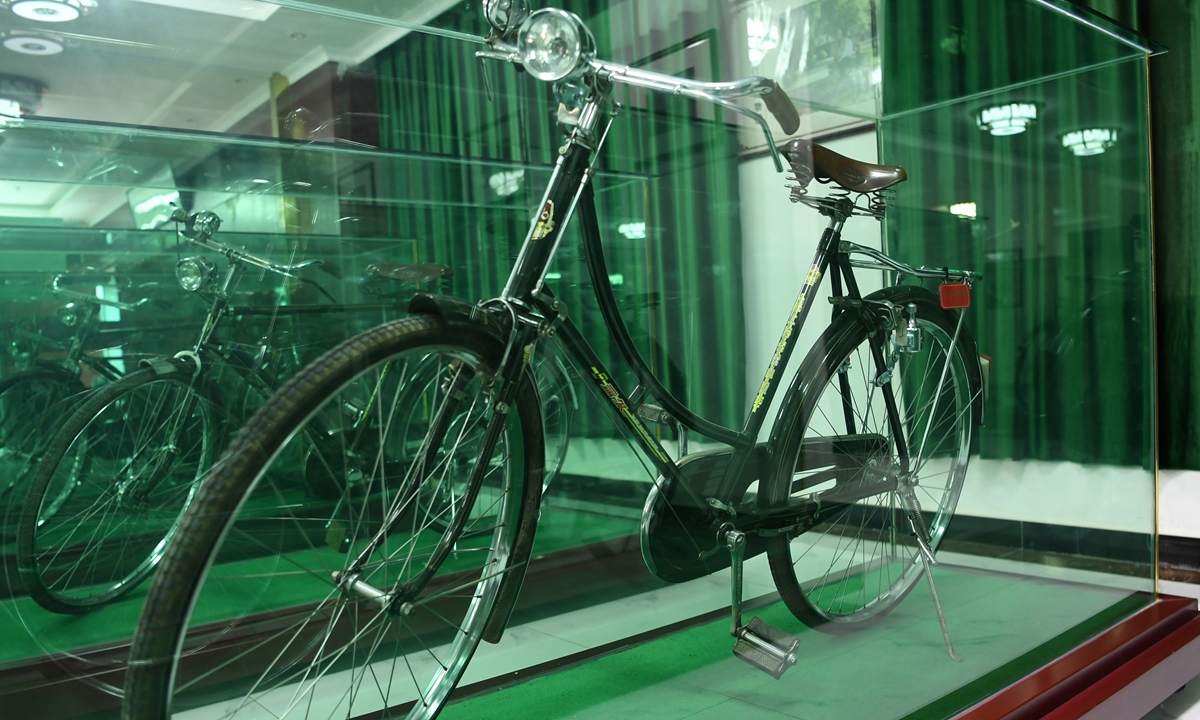
Bicycles on display at the museum founded by Chai Lin in Lanzhou, capital city of Northwest China's Gansu Province Photo: Xinhua
How many bicycles do you need in your life? For 67-year-old Chai Lin, the answer is 1,300 and counting.
Bicycles were first introduced into China in the 19th century. During the past several decades, they have evolved from a symbol of wealth to a common means of transportation.
Chai's obsession with bicycles dates back to the 1960s when he saw some people riding the two-wheeled vehicle in his home city of Lanzhou, capital of Northwest China's Gansu Province.
"They were like flying on the streets, and my heart went flying with them," recalled Chai. Since then, he dreamt of owning a bike.
Saving for a dream
However, in that era of scarcity, a bicycle was still a luxury for ordinary Chinese. Even when Chai started working in 1979, earning more than many of his peers, he had to cut back on other expenditures for at least four months before he could save up for a domestic bicycle.
To get enough money sooner, Chai made use of his talent in calligraphy and painting - a skill he started to learn from 6 years old - by selling artworks on the street.
Thanks to all the efforts and "crowd-funding" in his family, Chai got his first bike, a British-made Raleigh, at the price of 880 yuan ($136) in 1980.
The whole family treasured the bicycle. Chai's mother made a dust-proof "coat" for it, and Chai cherished it so much that he was even reluctant to ride it.
After becoming a businessman years later and earning enough to buy fancy motorbikes and cars, Chai's passion for bikes, however, didn't dwindle at all. He began to collect bikes of various brands and ages, especially antiques, from around the world through auctions and other means.
The collecting experience is exciting, but it can also be "drudgery" sometimes, he said, especially when time differences forced him to attend online auctions overseas in the wee hours in China.
"I had to keep clicking with my mouse every time I made a bid. I clicked all night, and my fingers got numb," he said.
"Fortunately, I was young at that time and could endure it."
Hard-won items have brought Chai immense satisfaction, but many people around him didn't think so. Some friends say Chai bought nothing more than a pile of scrap metal, while others think he was blowing money on nonsense.
But he was never swayed by those cynical comments. In his eyes, the bikes he collected are also showcasing the development of global industrial civilization.
For example, he said, Japan-made bicycles have witnessed the process of standardization of Japanese craft production. Strict specifications apply to every part of a bike, ranging from a 4-millimeter screw to a wheel and a tire, he said.
Chai has collected nearly 100 Japanese bikes, noting that they are the "darlings" of bike collectors globally.
With his collection growing, there was no space big enough to keep it. In 2009, with the support of the Gansu provincial government, he invested 200 million yuan for a museum just for his bikes.
Like really a lot
After 10 years' efforts, the Gansu Sanmu Bicycle Museum, located in Chengguan district of Lanzhou, finally opened to the public in January 2019 free of charge.
With an area of 18,659 square meters, the museum stores not only bikes, some 200 years old, but also some 13,500 bike-related accessories, manuscripts, books and photos.
The museum has been designated as an off-campus research center for local primary and middle school students and is also popular with tourists. In the first half of 2021 alone, it received more than 900,000 tourists.
Chai has constantly upgraded the facilities inside the museum, equipping it with state-of-the-art technology. For example, a VR installation is available for visitors to experience the feeling of riding on different types of bikes.
Due to limited space, a large part of Chai's collection is not yet exhibited and has to be stored in the warehouse, driving him to improve the museum.
"Bikes carry unique and precious memories of our generation. I hope to expand the scale of the displaying area of the museum and provide a comfortable 'home' for my bikes," he said.
